Expressions in After Effects are powerful tools that allow you to automate complex animations and effects through simple mathematical changes. This tutorial is all about how you can save time with Expressions and achieve impressive results. I will show you various techniques to link layers together and create random movements. Let's explore the possibilities of After Effects together.
Key Takeaways
- Expressions enable the automation and repetition of animations.
- With loopOut you can seamlessly repeat animations.
- The wiggle command generates random movements.
- Expressions can be controlled via null objects to provide flexibility.
Step-by-Step Guide
First, we drag an image into the composition and create a new composition. In the video, you will see what this looks like.
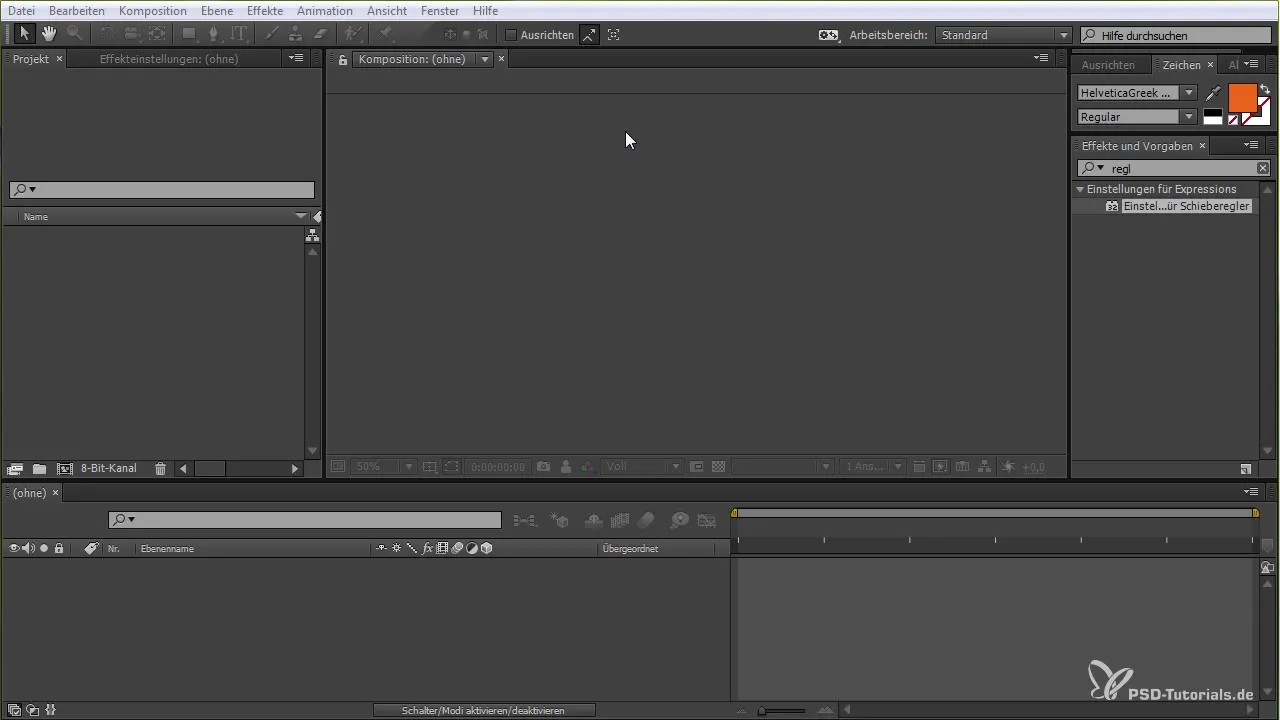
The image is now inserted into the composition. We activate the “New” button and create a solid color layer. You can modify this by selecting different modes like “Add” or “Overlay” to change the output format.
To create a cool animation, we set keyframes for the opacity by pressing the “T” key. Here, you can make a jump from opacity 0 to 100 to create an impressive effect. Implement the animation in a way that is appealing to you.
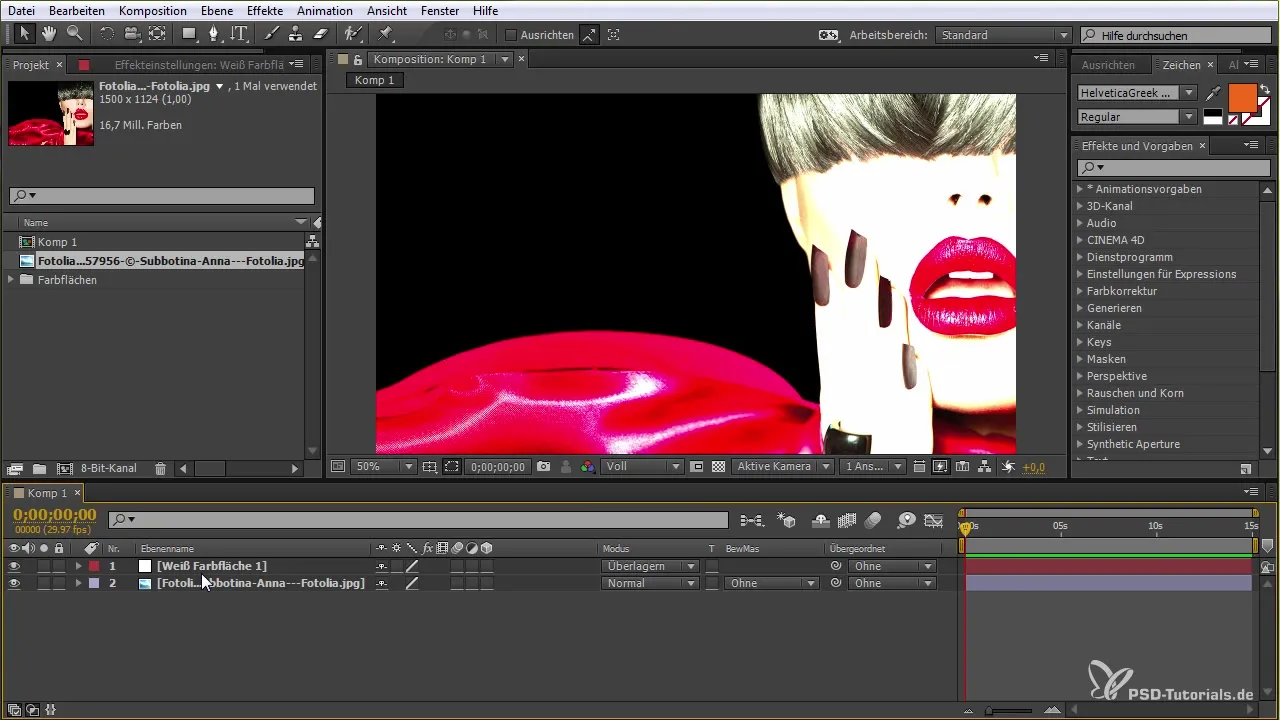
Now you can make everything smoother. Hold down the Alt key and click on the stopwatch to create an expression. Enter the function loopOut("cycle", 0) to create a recurring animation without manually repeating the keyframes.
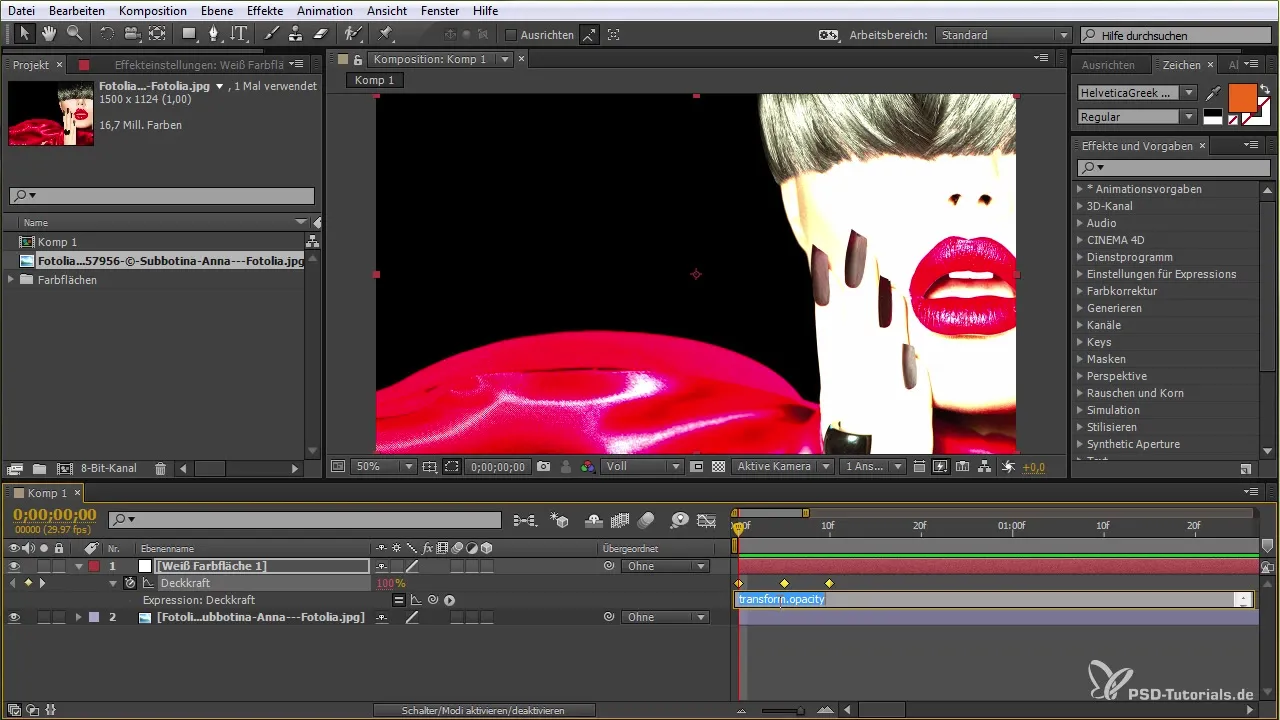
You will be surprised how easy your effect looks now permanently. This tool is useful for permanently varying or intensifying animations.
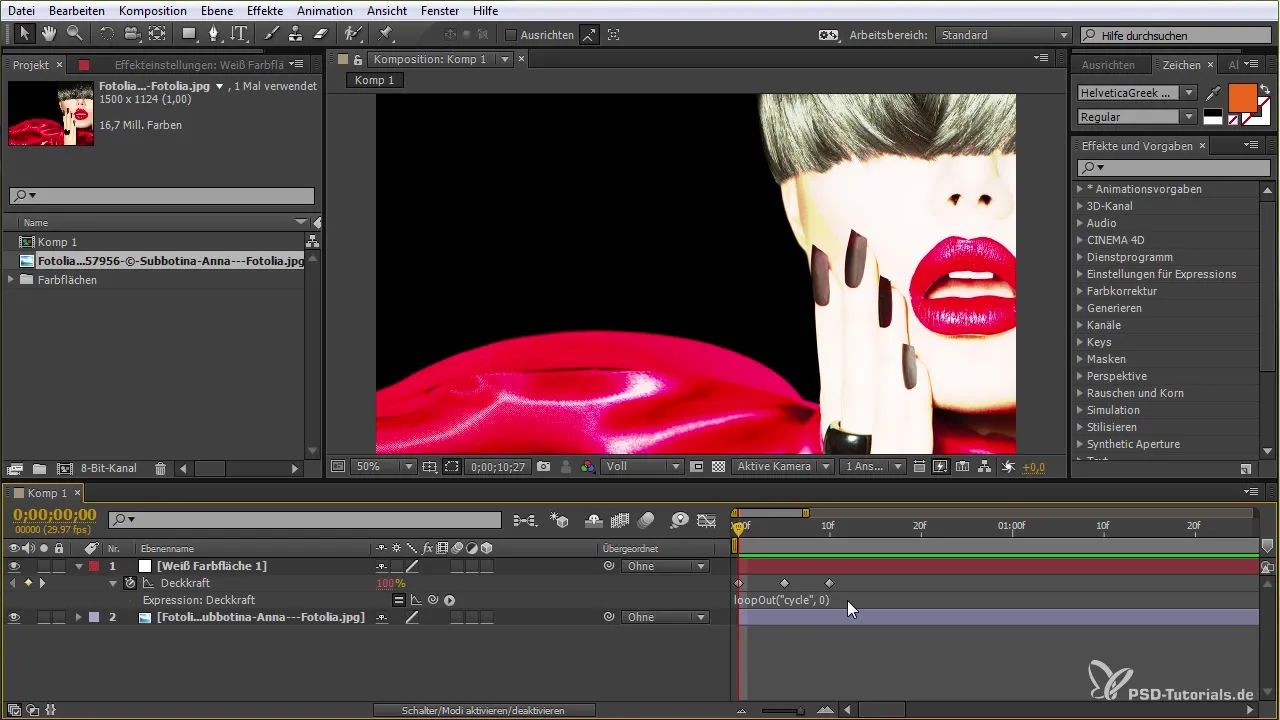
Another exciting effect is wiggle. With this function, you can generate random movements that you apply to the position of the layer. Click on the stopwatch again and enter wiggle(2, 50) to achieve jolting movements.
By adjusting the parameters in the wiggle expression, you influence the intensity of the movements. You can add more nuances to make the appearance more dynamic.
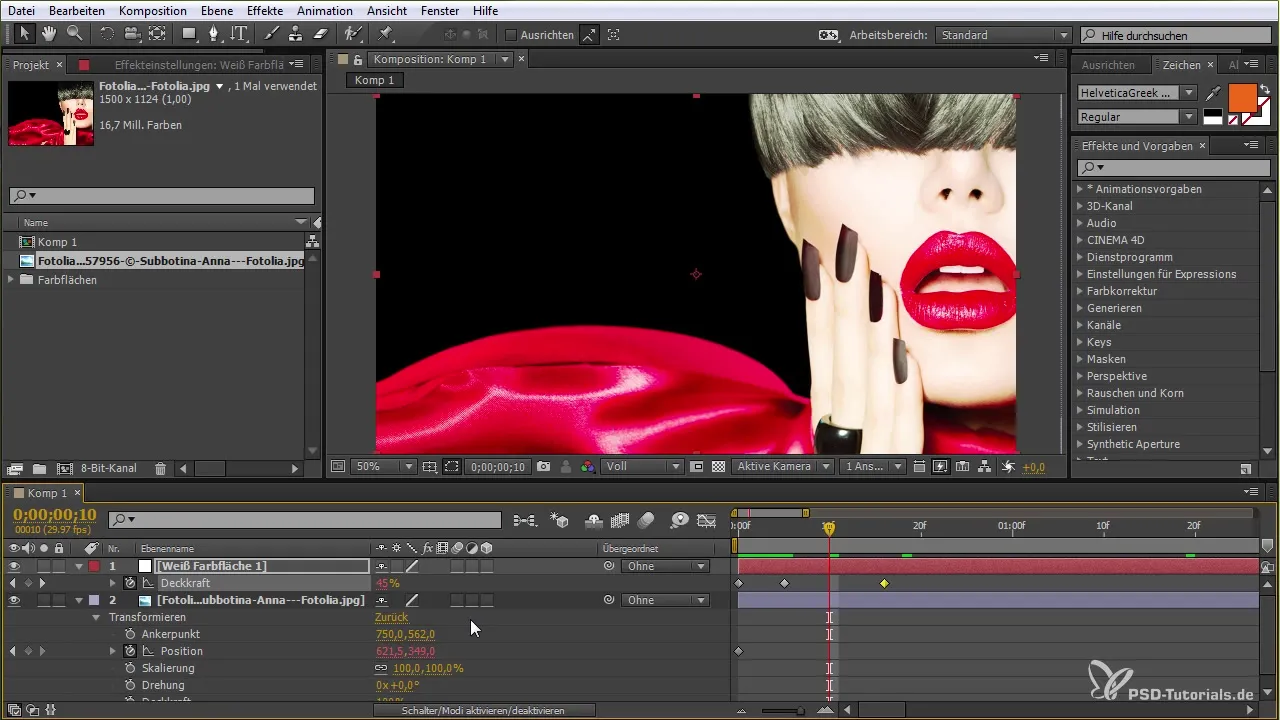
If the movement doesn't give you the desired look, you can combine it with null objects. Create a null object to add sliders that control the intensity and other parameters.
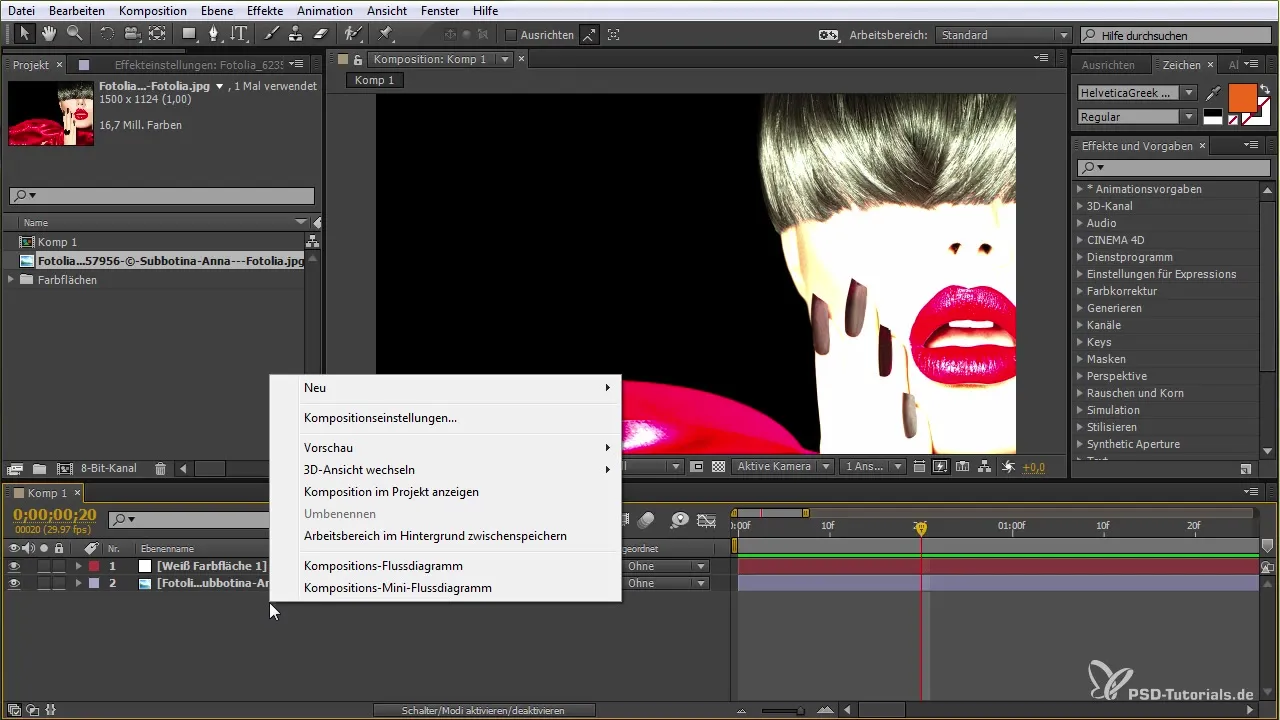
You need to ensure that the expressions are correctly linked to achieve optimal results. Every time you adjust a parameter, the effect is updated accordingly.
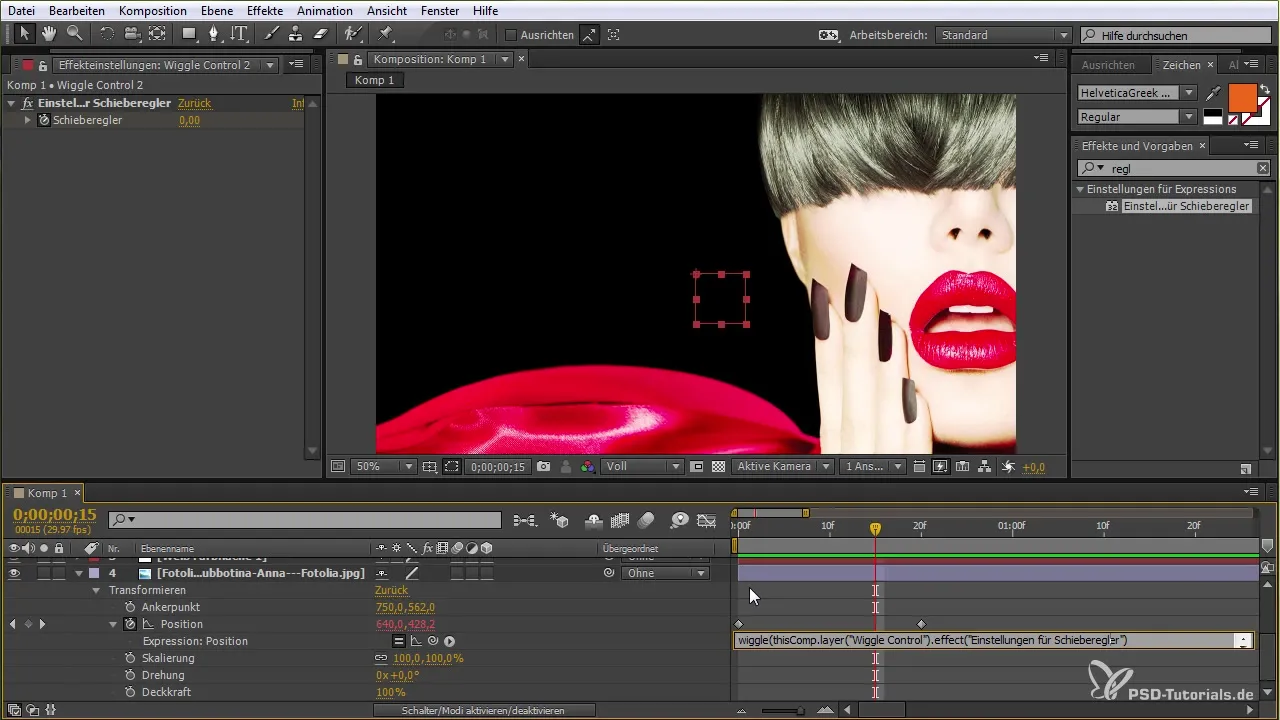
If you want to make further adjustments, you can also manipulate the rotation by incorporating an offset into the expression. This is particularly useful when working with 3D objects.
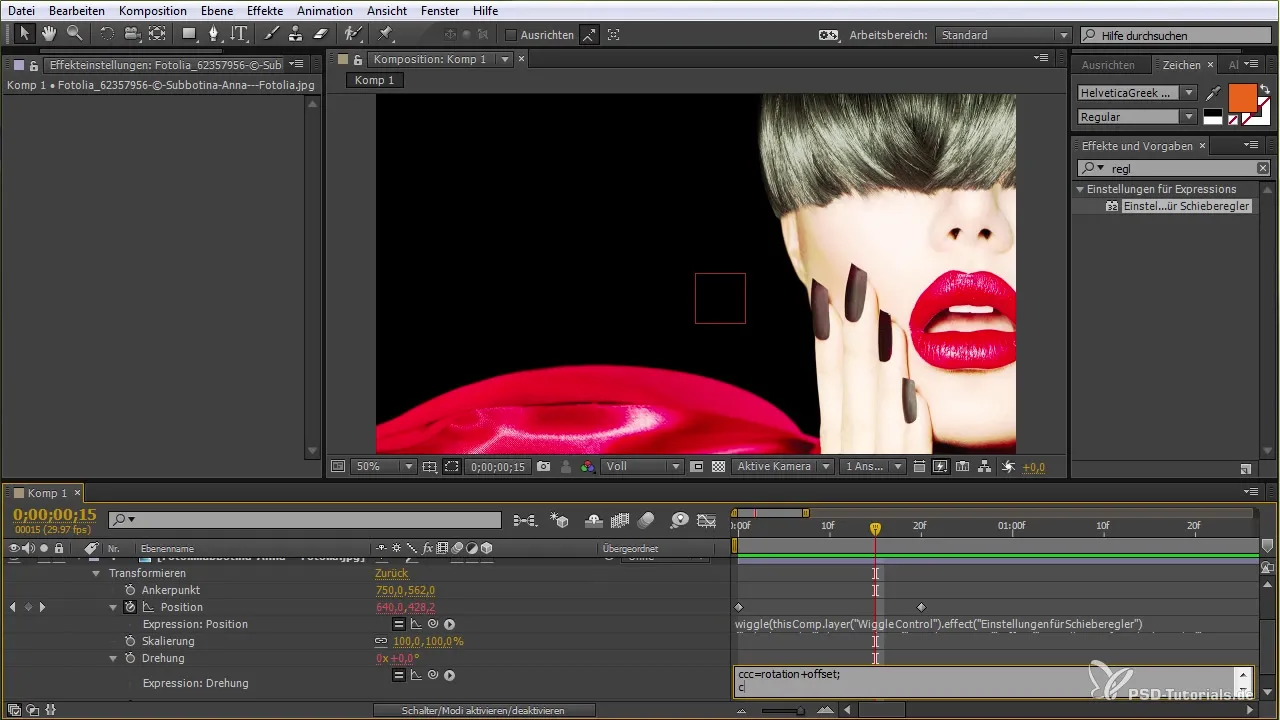
You have now learned how to apply basic expressions in After Effects to create impressive animations. These skills will enable you to execute creative projects more effectively.
Summary – Introduction to After Effects: The Basics of Expressions
With this tutorial, you have learned the basics of expressions in After Effects and how to create impressive animation effects with relatively little effort. You have learned important techniques for automating animations by using functions like loopOut and wiggle.
Frequently Asked Questions
What are expressions in After Effects?Expressions are small scripts that define mathematical relationships between layers and their animations.
How do I activate an expression?Hold down the Alt key and click on the stopwatch of any parameter to create an expression.
What is the difference between loop and wiggle?loop repeats an animation sequence, while wiggle generates random movements.
Can I edit expressions later?Yes, you can click into the expressions at any time and make adjustments.
What role do null objects play in expressions?Null objects allow you to centrally control multiple layers and manipulate parameters using sliders.


